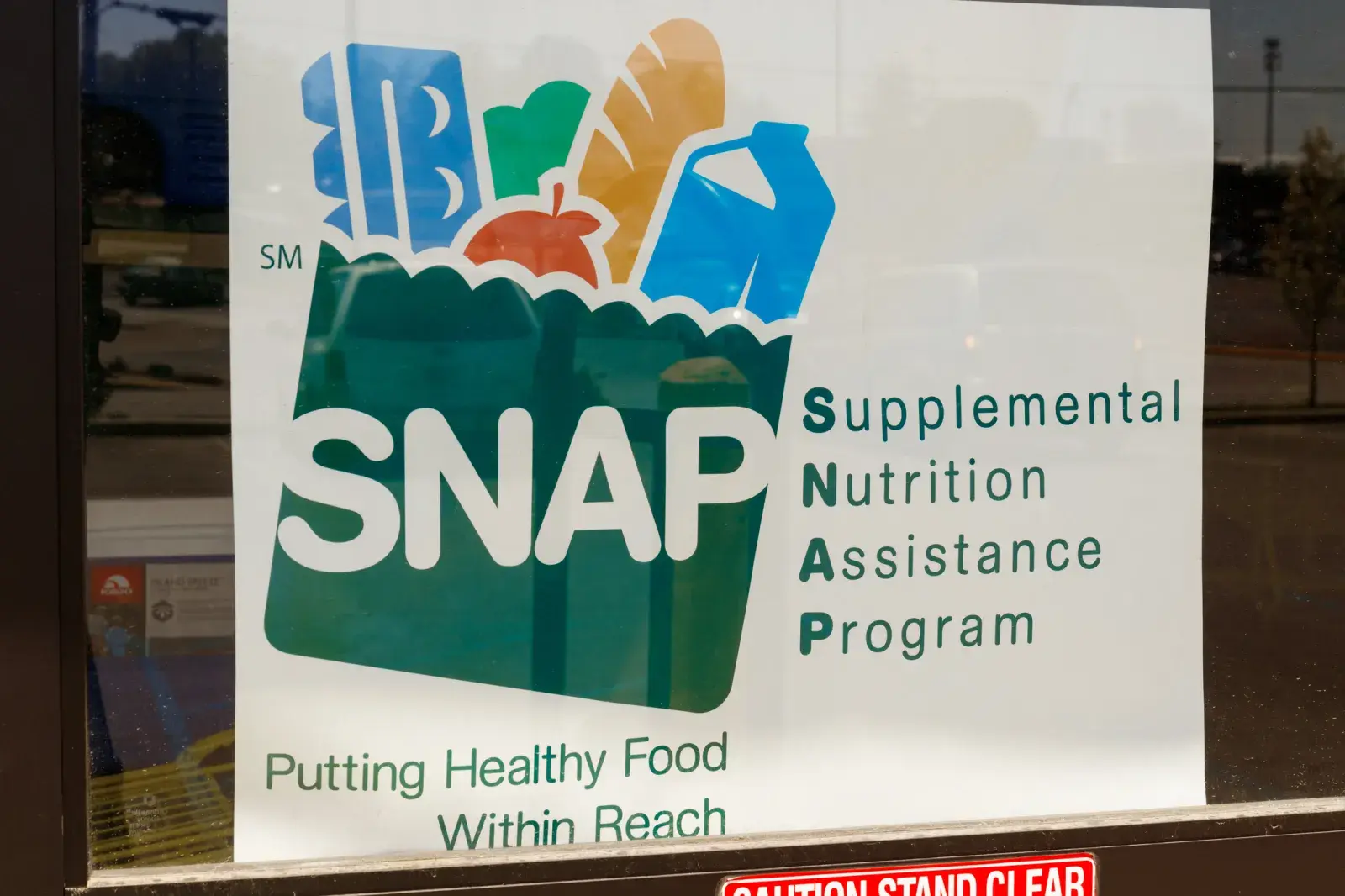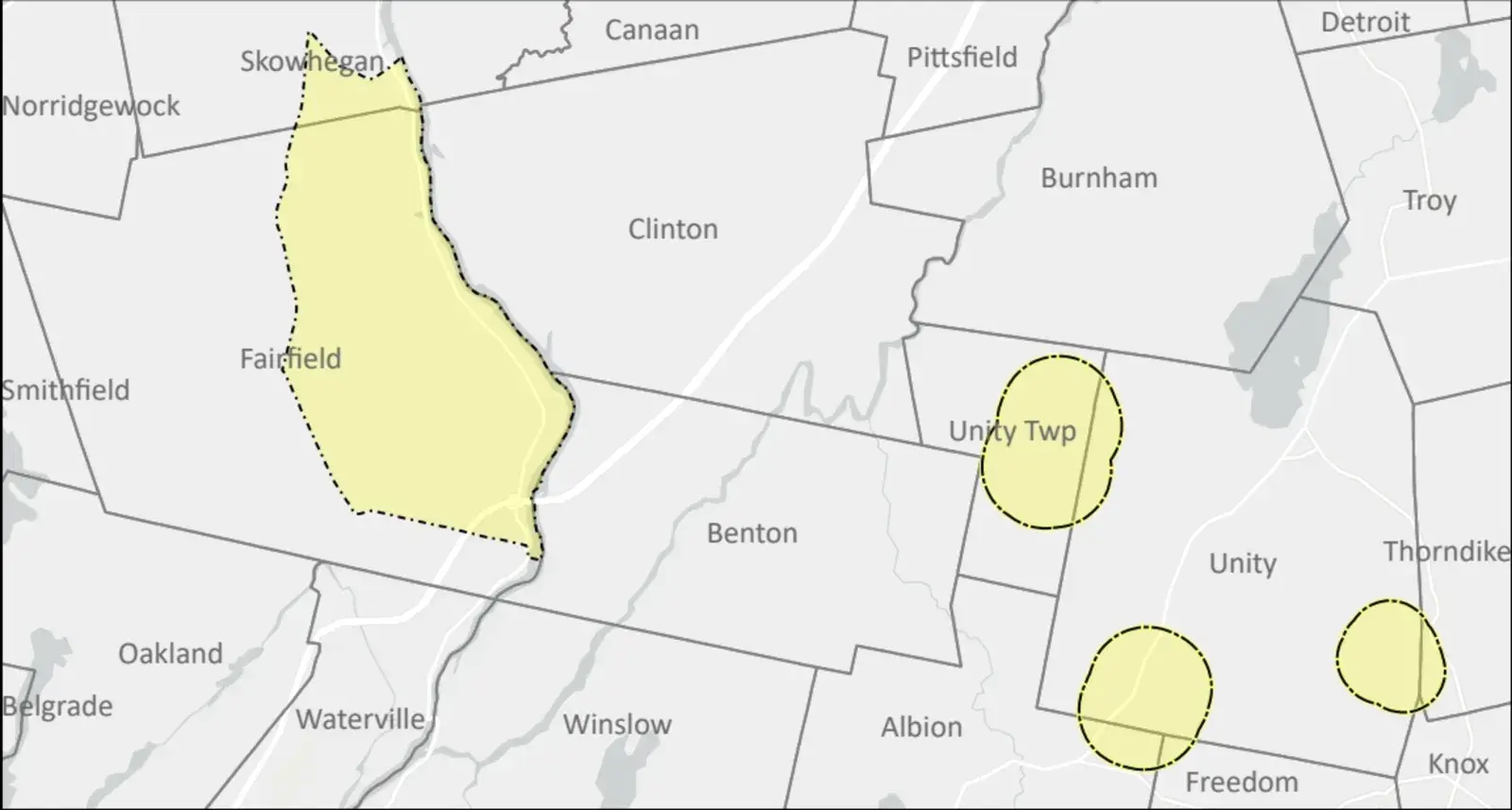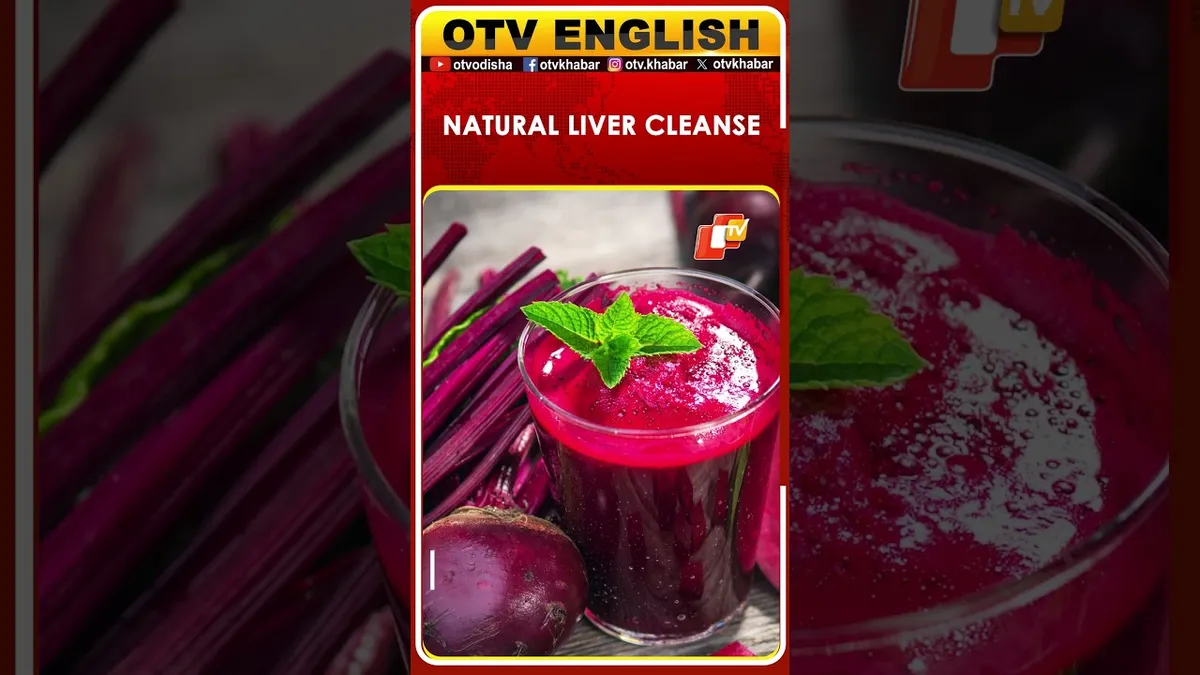Copyright newsweek

The U.S. Department of Agriculture (USDA) has revised the amount of Supplemental Nutrition Assistance Program (SNAP) benefits recipients will receive this month as the government issues reduced payments because of the ongoing shutdown. Why It Matters The federal government has now been shut down for 36 days—the longest in U.S. history, surpassing the 35-day record set during the previous Trump administration. The shutdown began after Democrats and Republicans failed to agree on a government funding bill. Democrats are pushing to extend soon-to-expire health care tax credits and reverse earlier Medicaid cuts, but Republicans have rejected those proposals. SNAP benefits have been heavily affected by the impasse in Washington, with regular appropriations to fund the program running out. The Trump administration originally said benefits would be completely frozen while the shutdown continued because of a lack of regular appropriations and because contingency funds weren’t legally available to cover regular benefits. However, on Friday federal judges in Rhode Island and Boston ruled that the government must continue funding SNAP—at least in part—during the shutdown using the emergency funds. These contingency funds can only partially fund benefits for November. The funding changes affect the 42 million Americans who receive SNAP benefits, including low-income families, children and seniors. What To Know The USDA confirmed this week that the partial payments, amounting to about 50 percent of regular benefit amounts, would be issued using the contingency funds. But according to a memo sent to state SNAP agencies by USDA Deputy Under Secretary Patrick Penn on Wednesday, this figure has now been revised to 65 percent. Under the original USDA guidelines, a family of four in the contiguous states could receive up to $497 per month, half of the usual maximum of $975. This has now been boosted to $646. Stock image/file photo: A Supplemental Nutrition Assistance Program sign in a retailer window. “The maximum allotments are being reduced by 35 percent instead of 50 percent, so that the maximum allotments for November 2025 will be 65 percent of the typical maximum allotments,” the memo said. Maximum SNAP allotments are the highest monthly food assistance amounts a household can receive. Most participants get less, since their benefits are adjusted based on their income. The benefit reductions for November are temporary, and SNAP recipients are expected to receive full benefits once the government shutdown ends and regular appropriations have been approved. Latest SNAP Updates The change comes after President Donald Trump suggested in a Truth Social post that he would violate a court order by halting SNAP payments until the shutdown concluded. White House press secretary Karoline Leavitt later confirmed that partial benefits would be paid. Exactly when the payments will go out remains unclear. Leavitt said at a news briefing on Tuesday, “The recipients of the SNAP benefits need to understand it’s going to take some time to receive this money.”



